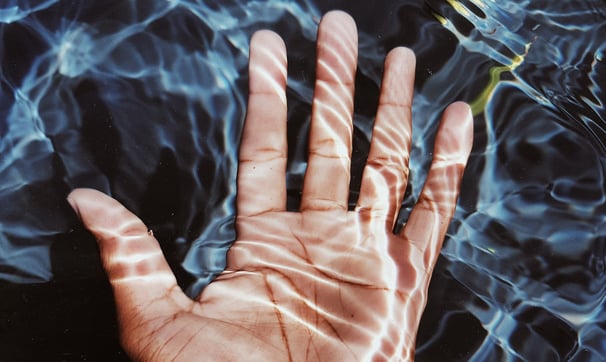Wilderness Water Sources: How to Find, Filter, and Purify
EDUCATIONWATERBUSHCRAFT


In the great outdoors, access to clean and safe water is crucial for survival. Whether you're an avid hiker, camper, or adventurer, understanding how to locate, filter, and purify wilderness water sources is an essential skill.
In this blog post, we will explore the importance of finding reliable water sources, the different methods of filtering and purifying water, and some tips to ensure you stay hydrated and healthy during your wilderness excursions.
The Importance of Finding Reliable Water Sources
Water is the elixir of life, and in the wilderness, it becomes even more precious. When venturing into remote areas, it's essential to know how to find reliable water sources. Look for natural water bodies such as streams, rivers, and lakes. However, be cautious as these sources can sometimes be contaminated by nearby human or animal activities. Avoid stagnant water, as it is more likely to harbor harmful bacteria and parasites.
Filtering Water in the Wilderness
Once you've located a water source, the next step is to filter the water to remove impurities and potentially harmful pathogens. There are various methods of filtering water in the wilderness:
a. Boiling: Boiling water is the oldest and most effective method of purification. Simply bring the water to a rolling boil for at least one minute (or three minutes at high altitudes) to kill most bacteria, viruses, and parasites.
b. Water Filtration Systems: Portable water filtration systems are lightweight and convenient for wilderness adventures. They use mechanical filters to remove particles and microorganisms, providing safe drinking water on the go.
c. Water Purification Tablets: These compact tablets are easy to carry and can quickly disinfect water. Follow the instructions on the package for the appropriate dosage and wait time.
d. DIY Filter: In case you don't have access to commercial filters or tablets, you can create a simple DIY filter using materials like cloth, sand, and charcoal to remove larger impurities.
Purifying Water in the Wilderness
In addition to filtering, purifying water is an extra step that ensures the removal of any remaining harmful microorganisms. The following methods can be used for water purification:
a. Chemical Purification: Iodine or chlorine-based drops or tablets can effectively purify water and kill most waterborne pathogens. However, be aware of their aftertaste and potential side effects if used over extended periods.
b. UV Purification: UV water purifiers use ultraviolet light to kill bacteria, viruses, and protozoa. They are efficient and chemical-free but require batteries or solar power.
Tips for Staying Hydrated and Healthy
Hydration is essential for your overall well-being, especially in the wilderness where the environment can be physically demanding. Here are some tips to stay hydrated and healthy:
a. Always carry a sufficient amount of water or a reliable water bottle.
b. Drink regularly even if you don't feel thirsty, as thirst may not be an accurate indicator of dehydration.
c. Plan your routes to include water sources along the way.
d. Avoid drinking directly from potentially contaminated water sources, and always filter and purify water before consuming it.
Conclusion
When exploring the wonders of nature, being well-prepared to find, filter, and purify water is crucial for your safety and enjoyment. Remember to plan ahead, carry the necessary equipment, and stay informed about the potential risks of the wilderness water sources you encounter. By following these guidelines, you can ensure a successful and enjoyable outdoor experience while staying hydrated and healthy throughout your journey. Happy exploring!
